Cost to Install a New HVAC System in 2025?
Is your HVAC system no longer keeping your home as comfortable or energy-efficient as it should? If you’ve noticed rising utility bills, uneven heating or cooling, or your system is more than 10–15 years old, it might be time to consider a replacement. In 2025, many homeowners are upgrading to modern HVAC systems that offer better performance, smarter energy use, and long-term savings, but the first question that comes up is always: how much does it cost to install a new HVAC system?
The short answer? It depends. Factors like the size of your home, the type of HVAC system, SEER rating, ductwork condition, and labor involved all play a role in determining your total investment. On top of that, there are often hidden costs and rebates to consider, making it even more important to go in with the right information.
Understanding the Average Cost to Install a New HVAC System
The cost of installing a new HVAC system varies depending on multiple factors, but on average, homeowners in 2025 can expect to pay between $5,000 and $12,000. This includes the HVAC equipment cost, labor cost, ductwork (if needed), and additional components like thermostats and permits. Highly efficient or premium systems can exceed $15,000, especially in larger homes or those needing duct upgrades.
Here’s a quick breakdown:
| Type of HVAC System | Average Cost (Including Installation) | SEER Rating | Expected Lifespan |
| Split System (Heating & AC) | $7,000 – $10,000 | 14–18 | 15–20 years |
| Heat Pump | $6,500 – $11,000 | 16+ | 10–15 years |
| Ductless Mini-Split | $4,000 – $8,000 per zone | 17–21 | 12–20 years |
| Packaged HVAC Unit | $5,500 – $9,500 | 13–16 | 10–15 years |
These costs vary significantly depending on location, accessibility of the installation, and how much existing infrastructure (like ductwork) can be reused.
Sources: HomeAdvisor HVAC Cost Guide, Energy.gov
What Affects the Cost of Installing an HVAC System?
The total cost of HVAC installation depends on various key factors:
1. Type of HVAC System
Your choice of central air conditioning, heat pump, or split system will directly influence both the equipment and installation costs. For instance, a central air conditioner paired with a gas furnace is common in colder climates, while heat pumps are popular in milder zones for their energy efficiency.
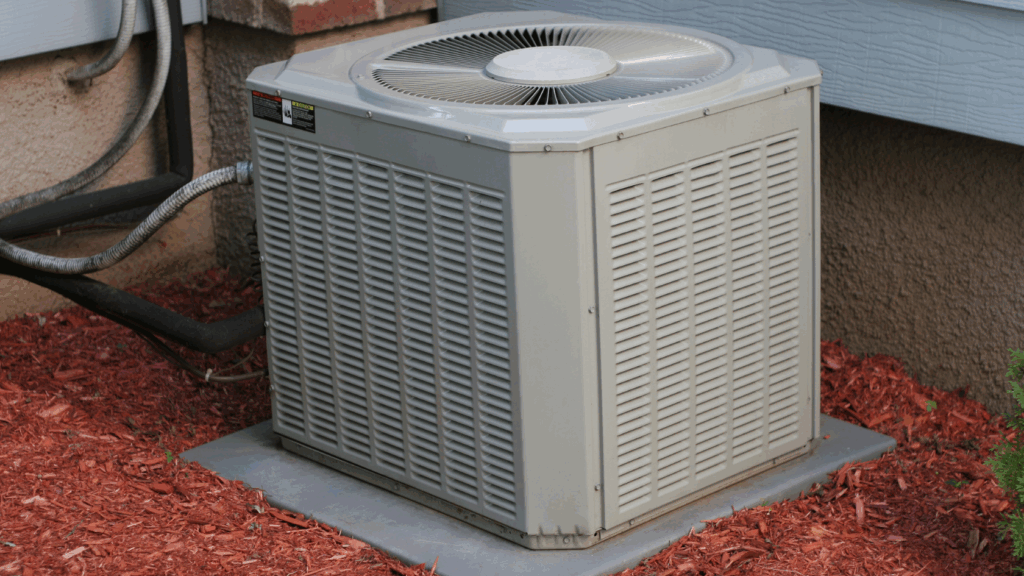
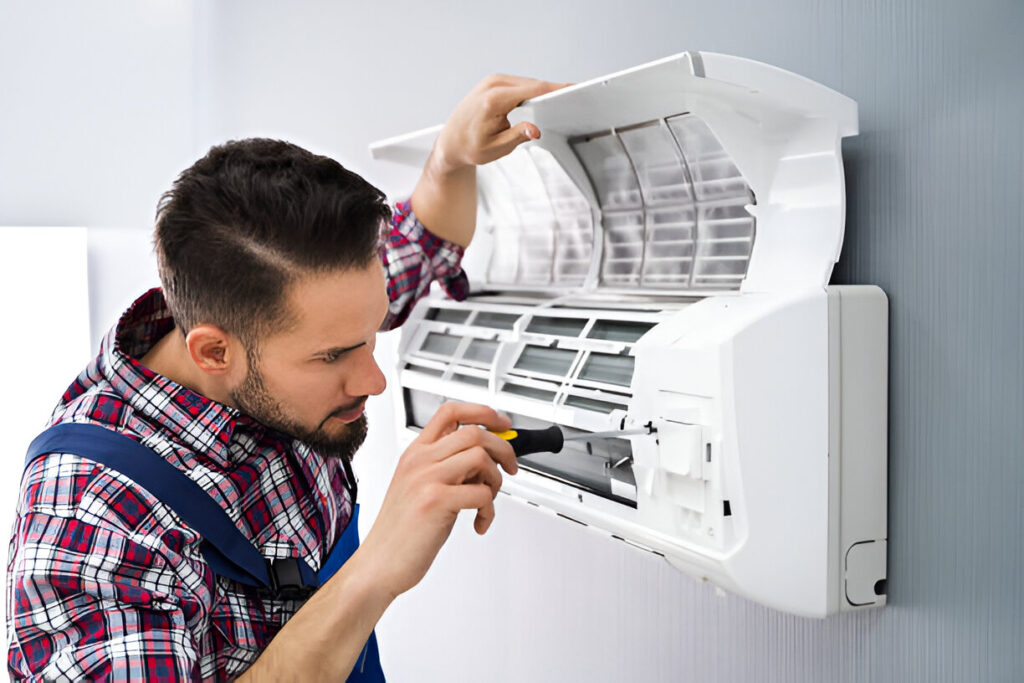
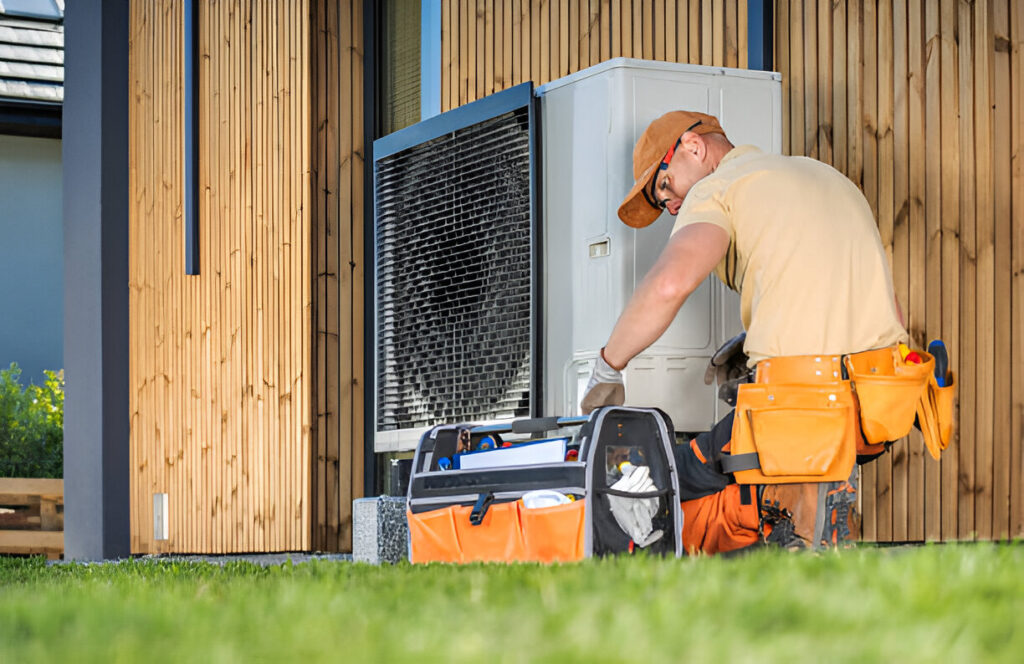
2. Home Size (Square Footage)
Larger homes need bigger, more powerful systems. A 3,000-square-foot home may require a 5-ton unit compared to a 2.5-ton unit in a 1,200 sq ft home. System size affects both equipment and labor cost.
3. Ductwork Requirements
If your home lacks existing ductwork or your current system needs new ductwork, you could pay an additional $2,000 to $5,000 or more. Factors like insulation, air leaks, and layout complexity impact the cost of ductwork. Updating or sealing ducts improves overall system efficiency.
4. Efficiency Rating (SEER)
The Seasonal Energy Efficiency Ratio (SEER) determines how efficiently your HVAC system cools your home. Higher SEER systems cost more upfront but significantly reduce energy bills. For example, a SEER 18 unit might save 30% more energy than a SEER 13 unit.
5. Labor and Accessibility
The labor cost for HVAC installation ranges from $75 to $150 per hour. Homes with tight crawl spaces, multi-story layouts, or older wiring often require more time and complexity, which increases overall installation costs.
6. Permits and Local Codes
Most localities require permits to install or replace an HVAC system. Expect to pay $250 to $1,500 depending on your municipality. Hiring licensed HVAC contractors ensures compliance with safety and energy codes.
Hidden Costs You Might Not Expect
These often-overlooked extras can increase your final HVAC bill:
- Smart Thermostat Installation: $250–$500
- Electrical Panel Upgrade (if needed)
- Removal/Disposal of Old System
- Minor Carpentry or Drywall Work
- Post-Installation Inspection Fees
Expect an additional $500 to $2,000+ depending on your home’s specific needs.
Real-World Example: 2,000 Sq. Ft. Home HVAC Replacement
Let’s look at a real scenario to help you estimate your HVAC replacement costs:
| Component | Estimated Cost |
| Split System (3.5 Ton) | $8,000 |
| New Ductwork | $3,500 |
| Smart Thermostat | $350 |
| Permit & Labor | $1,200 |
| Total Estimated Cost | $13,050 |
For homes with existing ductwork in good condition, that same job might be closer to $9,500.
How to Lower the Cost of Installing an HVAC System
1. Install During Off-Peak Seasons
Scheduling your project in spring or fall can save on labor and allow more flexible timelines. Demand for HVAC companies spikes during extreme temperatures.
2. Explore Rebates and Tax Credits
Federal programs like the Inflation Reduction Act (IRA) offer up to $2,000 for qualified heat pumps and efficient systems. Local energy companies also provide incentives for upgrading to higher-SEER cooling systems.
3. Bundle HVAC With Other Home Improvements
If you’re remodeling or upgrading insulation, bundling services can reduce overall costs and allow a more energy-optimized home.
4. Reusing Existing Ductwork
If the existing system and ductwork are functional, you could reduce costs by $3,000 or more. HVAC experts can evaluate their integrity.
5. Work With Local HVAC Installers
Companies like Osborne Heating & Cooling offer personalized service, accurate estimates, and often more flexible pricing than big-box providers.
Common HVAC Problems and Average Repair Costs
Before jumping into a full replacement, it’s worth considering whether a repair might solve the issue, especially if your system is under 10 years old. Here are some of the most common HVAC problems and what you can expect to pay for repairs in 2025:
| Problem | Typical Repair Cost | Notes |
| Refrigerant Leak | $250 – $1,000 | Cost varies depending on leak severity and refrigerant type (R-410A or R-22). |
| Blower Motor Failure | $400 – $800 | A failed blower motor can cause airflow issues and system shutdown. |
| Capacitor Replacement | $150 – $400 | Capacitors help start the motor. Quick and affordable fix if caught early. |
| Thermostat Replacement | $150 – $500 | Smart thermostats cost more but offer greater efficiency and control. |
| Dirty or Frozen Evaporator Coil | $200 – $700 | Often caused by airflow restrictions or low refrigerant. |
| Compressor Failure | $1,300 – $2,500+ | One of the most expensive repairs—often a sign it’s time for full replacement. |
| Clogged Drain Lines | $100 – $300 | Causes leaks and mold if not addressed promptly. |
Repair or Replace?
If your system needs frequent repairs or the cost of one repair is more than 30–40% of a new system, a full replacement may offer better long-term value.
What New HVAC Regulations Are Affecting AC Replacement Costs in 2025?
In 2025, several federal and state regulations are directly impacting the cost of air conditioner replacement, especially for systems that don’t meet newer energy and refrigerant standards. Here’s what homeowners need to know:
1. Higher SEER2 Requirements
The U.S. Department of Energy now mandates that all new central air systems meet the updated SEER2 efficiency rating, which is more stringent than older SEER metrics. In most parts of the country.
- SEER2 13.4+ is required for split systems in northern states.
- SEER2 14.3+ is required in southern regions like Virginia.
Why it matters: Higher efficiency = more expensive equipment. However, it also means lower energy bills over time.
2. Shift Away from R-410A Refrigerant
The EPA’s phasedown of R-410A refrigerant (due to its high global warming potential) is already increasing costs:
- New systems are now being manufactured with R-454B or R-32, which are more eco-friendly.
- R-410A availability is dropping, and its price is rising, driving up repair costs for older systems.
Why it matters: If your current system runs on R-410A, it may soon be cheaper to replace than to repair.
3. Building Code & Permit Updates
States and municipalities are also tightening codes for electrical safety, ventilation, and ductwork, increasing permit costs and requiring certified professionals for compliance.
Bottom Line: These regulatory shifts make 2025 a crucial year to upgrade before costs rise further due to stricter enforcement and reduced inventory of older models.
Which Air Conditioner Brands Offer the Best Value in 2025?
Whether you’re shopping for a central system, a ductless mini-split, or even a high-end window unit, choosing the right brand can make a big difference in performance, efficiency, and long-term reliability. In 2025, air conditioners are smarter, quieter, and more efficient than ever, so it’s worth knowing which brands deliver the best return on investment.
Here’s a breakdown of top air conditioning brands (across multiple system types) based on performance, durability, technology, and overall ownership cost:
| Brand | Price Range (Installed or Unit) | SEER Range | Best For | Notable Features |
| Trane | $6,500 – $11,500 (central) | 16–22 | Long-term reliability | Ultra-durable parts, quiet operation, robust warranty |
| Lennox | $7,000 – $13,000 (central) | 17–24 | Efficiency-focused homes | High SEER ratings, advanced smart features |
| Carrier | $6,200 – $11,000 (central) | 15–22 | Balanced value | Proven track record, widely available parts |
| Mitsubishi | $4,500 – $9,000 (mini-split) | 18–26 | Zoned cooling or no-duct homes | Hyper-heating tech, whisper-quiet, top mini-split option |
| LG | $250 – $3,000 (window/mini-split) | 13–21 | Apartments and small spaces | Smart-enabled, energy efficient window and split systems |
| Rheem | $5,500 – $9,000 (central) | 15–18 | Reliable mid-range | Durable compressors, solid support |
| Goodman | $5,000 – $8,500 (central) | 14–17 | Budget-friendly buyers | Simple, affordable systems with decent warranty |
| Frigidaire | $200 – $800 (window) | 13–15 | Seasonal use | Reliable and efficient window units with good controls |
Tips for Choosing the Right AC System in 2025:
- Best Overall Value (All Types): Carrier balances cost, availability, and reliability, whether you’re going with central or ductless.
- Best for Energy Efficiency: Lennox and Mitsubishi lead in SEER ratings, offering big long-term energy savings.
- Best for Smart Homes: LG and Lennox offer excellent integration with smart home platforms.
- Best Budget Option: Goodman for central systems and Frigidaire for reliable, low-cost window units.
- Best for Ductless Homes: Mitsubishi dominates the mini-split market with ultra-efficient, zone-controllable systems.
Remember: Proper installation matters just as much as the equipment. No matter how efficient the unit is, improper setup or incorrect sizing can lead to higher costs and reduced lifespan.
What Smart Features Should You Look for in a 2025 AC System?
Today’s air conditioning systems go beyond just cooling, they offer smart features that improve efficiency, control, and peace of mind. Here are the must-have smart features to consider in 2025:
1. Wi-Fi-Enabled Thermostats
Modern AC systems integrate with smart thermostats like Nest or Ecobee, allowing:
- Remote temperature control via app
- Automated schedules and geofencing
- Real-time energy usage tracking
Benefit: Save up to 10–15% annually on energy bills.
2. Variable-Speed Compressors
Unlike traditional single-speed compressors that are either “on” or “off,” variable-speed units:
- Adjust power based on demand
- Maintain more consistent temperatures
- Reduce energy waste and noise
Benefit: Lower operating costs and enhanced comfort.
3. Diagnostic and Self-Monitoring Alerts
Many new AC systems come with smart sensors and self-diagnostics, which:
- Alert you when filters need replacement
- Detect early signs of part failure
- Allow technicians to diagnose issues remotely
Benefit: Prevent expensive repairs with early intervention.
4. Integration With Home Automation
Smart AC systems now work with:
- Alexa, Google Assistant, or Apple HomeKit
- Whole-home systems that automate lighting, blinds, and air quality
Benefit: Total home comfort with one command or routine.
When investing in a new system, look for models labeled “smart-ready” or “home automation compatible.” These systems add value to your home and deliver long-term comfort gains.
Why Choose Osborne Heating & Cooling?
With over 17 years of experience, Osborne Heating & Cooling has become one of the most trusted HVAC contractors in Powhatan, VA, and surrounding areas. Whether you’re replacing an old system or starting fresh, we ensure your comfort and efficiency come first.
We provide:
- Free In-Home Estimates
- Flexible Financing Options
- Certified HVAC Technicians
- Top HVAC Brands (Lennox, Trane, Carrier, etc.)
- 10-Year Warranties on Select Units
- Exceptional Service and 5-Star Reviews
- Need help deciding whether to repair or replace your HVAC? We’ll walk you through it.
Ready for a More Comfortable Home?
Don’t let confusion around HVAC costs delay your comfort. Contact Osborne Heating & Cooling today at 804-985-3057 or schedule your free in-home consultation. Whether it’s time to repair or replace your HVAC, our local experts are here to help you every step of the way.
We proudly serve Powhatan, Midlothian, Chesterfield, and nearby Virginia communities with trusted heating and cooling solutions for every budget.
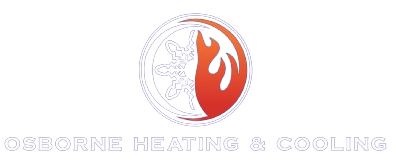
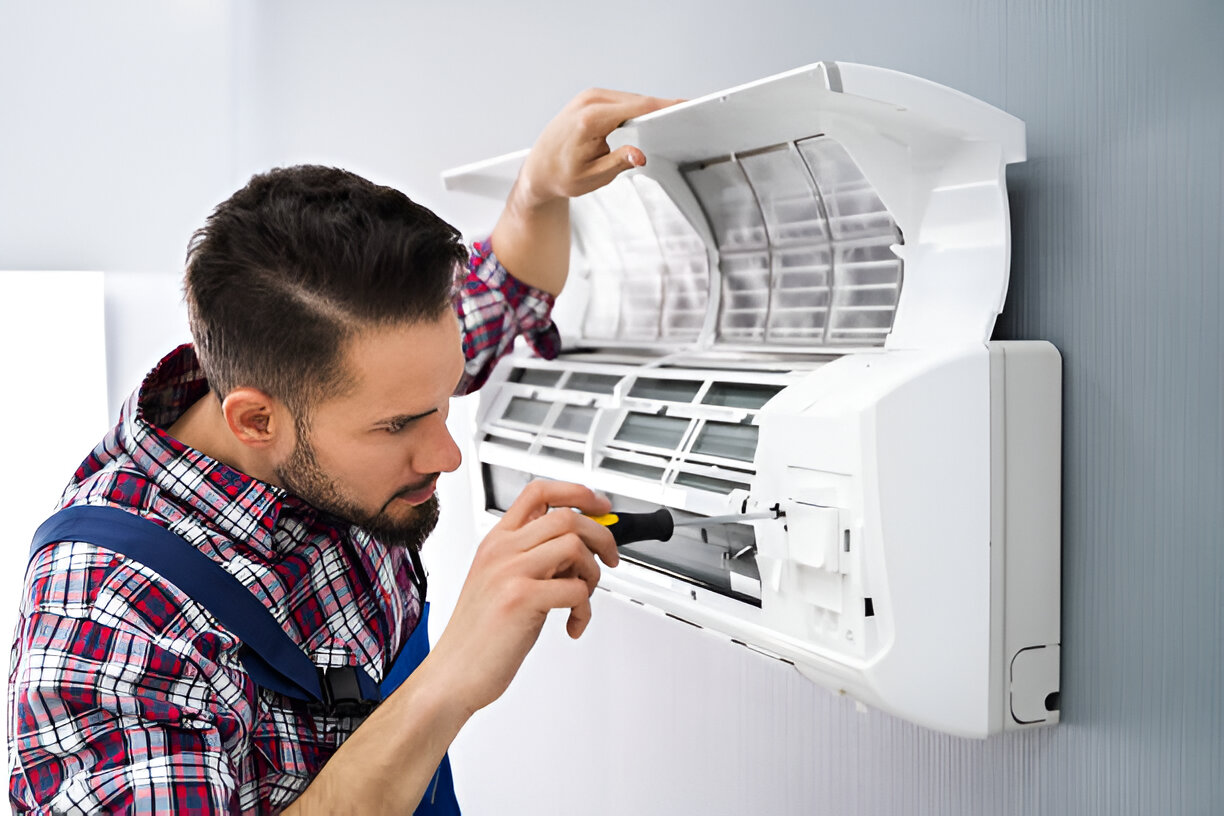
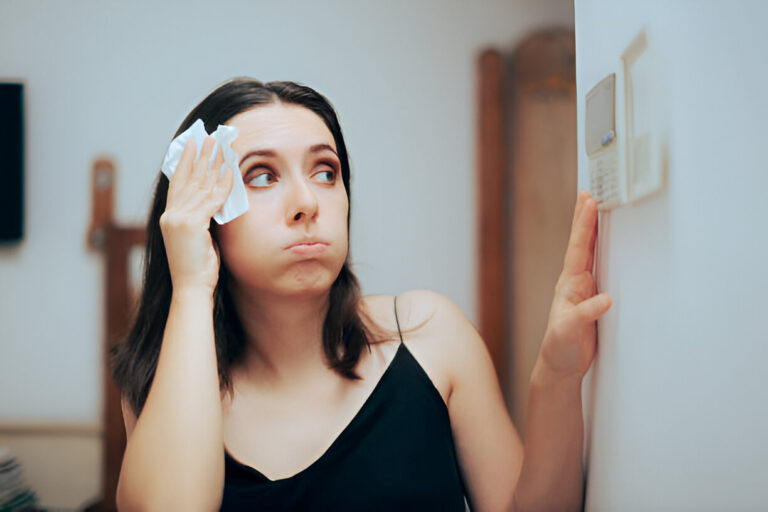
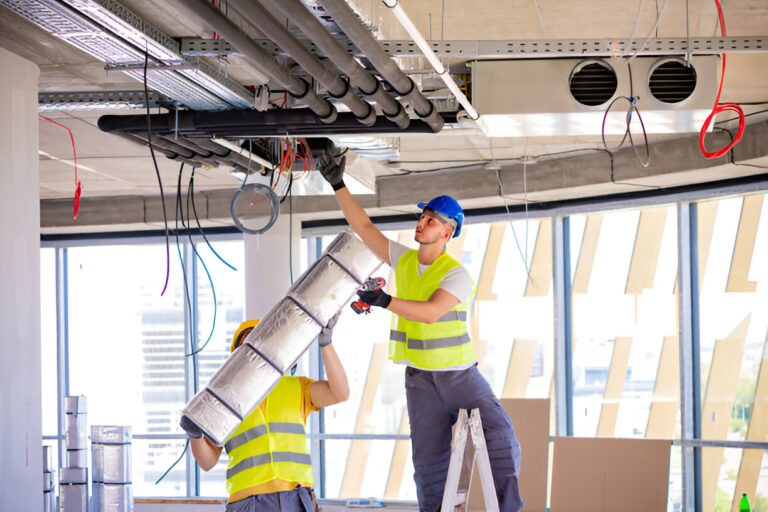
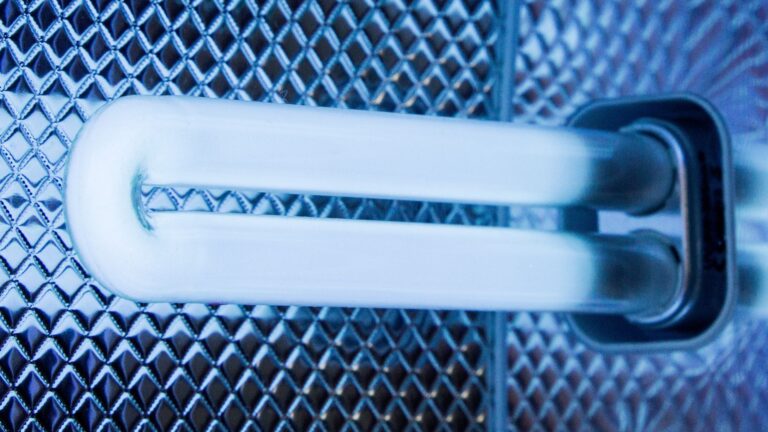
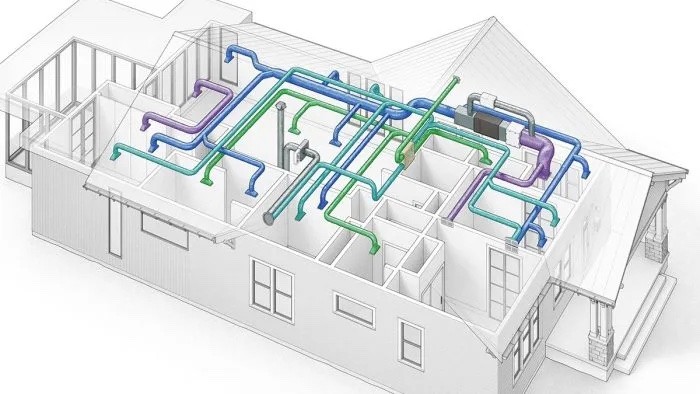
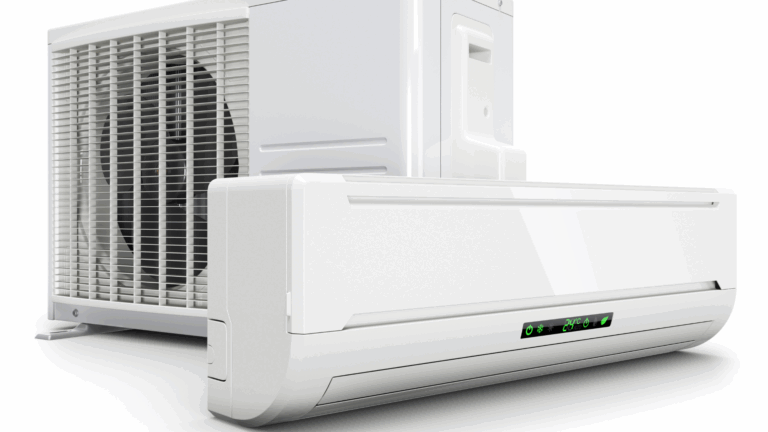
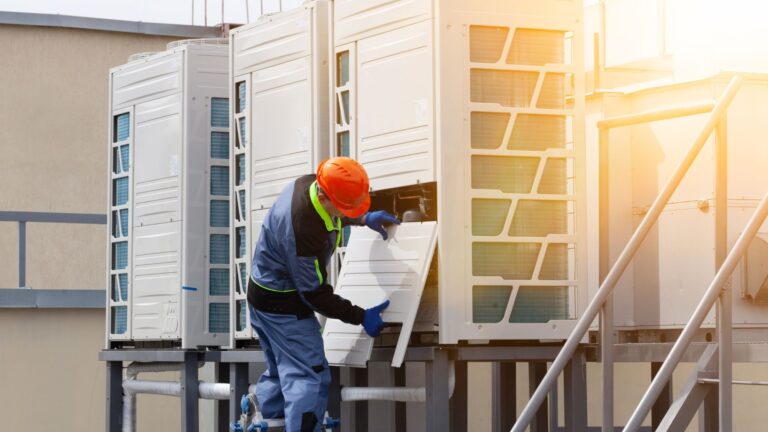
5 Comments